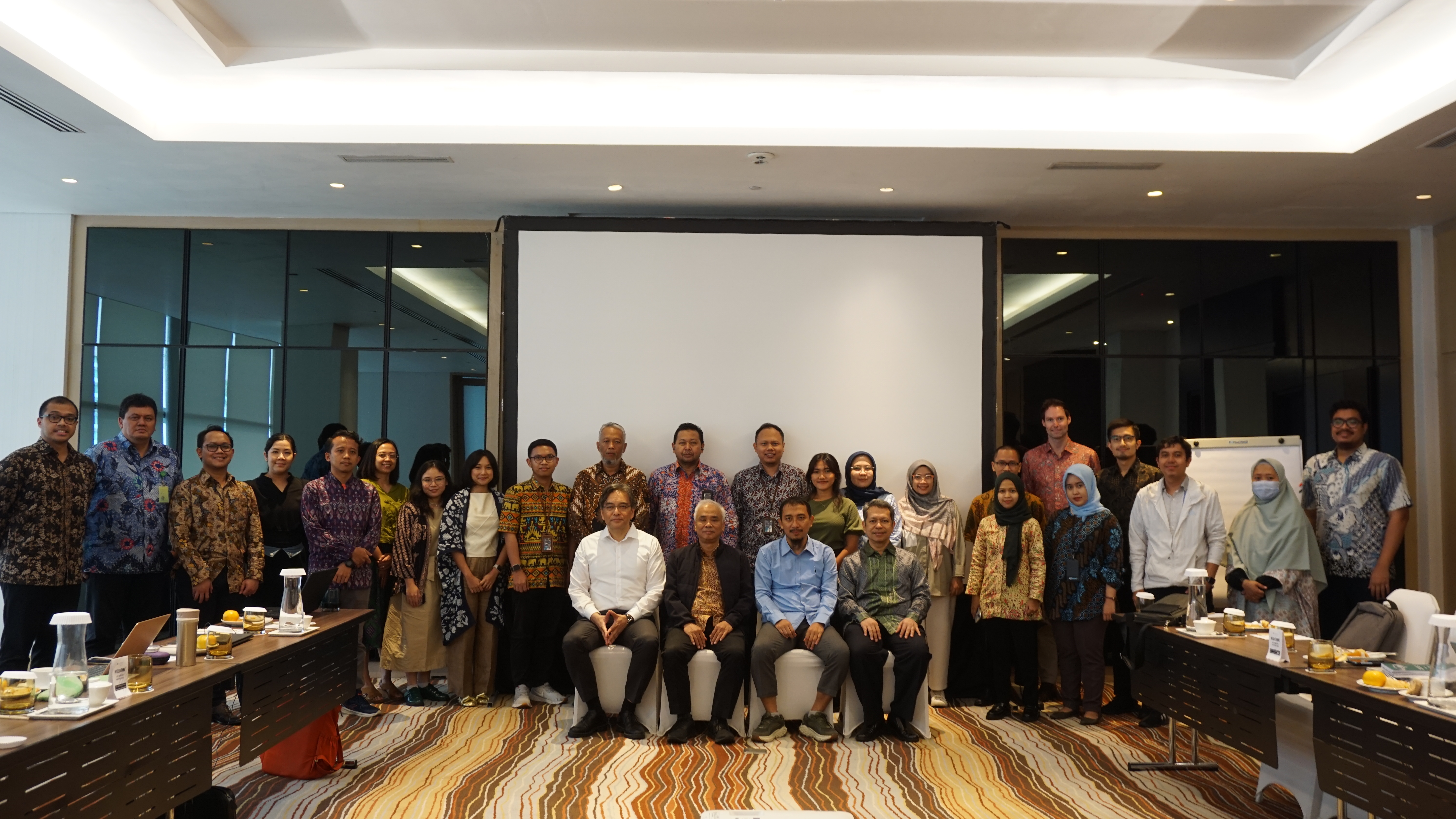Green Growth Talk with Bappenas’ SDEMP Director
Looking back at the implementation of the Green Growth Program Phase II which just ended at the end of 2020, GGGI had a casual chat with Dr. Ir. Yahya Rachmana Hidayat, MSc., Bappenas’ Director of Energy, Mineral, and Mining Resources (SDEMP).

What is his opinion about the achievements and contributions of this cooperation program between the Government of Indonesia and GGGI towards a more sustainable and inclusive economic growth in Indonesia? And what is Pak Yahya’s hope for Phase III? Let’s have a look at the results of the discussion.
- What do you think of the implementation of the Green Growth Program Phase 2? How did it contribute to the green economic development in Indonesia?
Indonesia received a lot of supports from development partners, both bilateral and multilateral, in the energy and environmental sectors. Therefore, we had continued to encourage synergies and ensure that the activities of development partners were not overlapping and could support one another. The coordinated implementation of these collaborative activities will help the government to implement and achieve the agenda and the development targets of 2020-2024 RPJMN which has the spirit of a low-carbon development, the Sustainable Development Goals (SDGs), and the Paris Agreement.
GGGI had participated in mainstreaming green growth in policy, planning and investment frameworks, aligning with the government programs to promote and develop the green growth strategy platforms. We believe that this should not end at the completion of the second phase, thus we are supporting it to be continued in the third phase by supporting various stakeholders in Indonesia, both government and non-government in developing green growth initiatives.
- How was the collaboration between Bappenas and GGGI in the Green Growth Program Phase 2? What was GGGI’s contribution to the programs at Bappenas?
The collaboration between GGGI and Bappenas as the executing unit has been running since the first phase in 2013 and is currently in preparation of the third phase for the next five years.
The implementation of Phase 2 greatly assisted Bappenas in planning and implementation in the energy and forestry sectors. In addition, the mainstreaming green growth in East and Central Kalimantan as pilot provinces had also aided Bappenas in promoting and implementing green growth in regional development planning in accordance with the regional characteristics and needs. The support provided by GGGI through the Green Growth Program Phase 2 helped the provincial government to enact green growth as an important principle in regional development plans, programs and indicators.
- What are the important milestones achieved jointly by Bappenas and GGGI in the Green Growth Program Phase 2?
GGGI through the Green Growth Program Phase 2 supported efforts to increase institutional capacity in mainstreaming green growth at both national and provincial levels. In addition, we also see that the Green Growth Program Phase 2 had contributed to the realization of enabling factors to increase green investment, which increased the impact on emissions reduction effort and the creation a healthier and more productive ecosystem.
- What are your hopes for the Green Growth Program Phase 3?
We hope that GGGI continues supporting the Government of Indonesia (GoI) to achieve national targets stated in the RPJMN (National Medium-Term Development Plan) and Low Carbon Development Indonesia (LCDI), as well as reinforce the GoI’s international commitment to SDGs and Nationally Determined Contribution (NDC). We also encourage the implementation of the Green Growth Program Phase 3 to refer to the GGGI 2021-2025 Country Planning Framework (CPF) in Indonesia, which is currently being prepared. At the Steering Committee Meeting to close the Green Growth Program Phase 2, it was agreed that the Green Growth Program Phase 3 would focus on renewable energy, green cities and Special Economic Zones, sustainable landscapes, as well as green finance and green investment.




